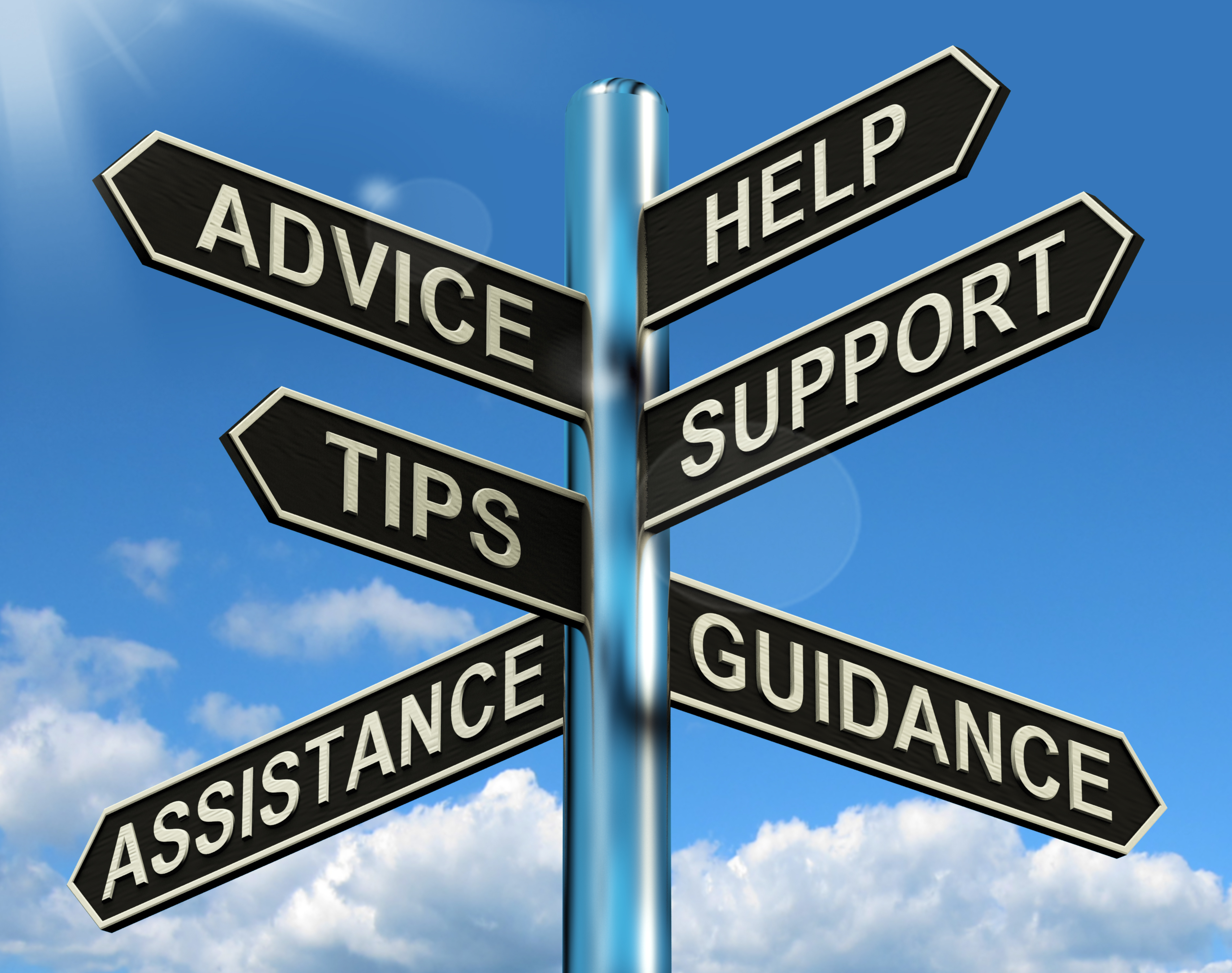
Recovery from addiction is a complex, dynamic and evolving phenomenon that seems to be straightforward at face value, but isn’t. Just the will to stay away from drugs or alcohol is not enough, as the will itself depends on many factors- internal and external. Relapse is a threat to one’s well-being: physical and mental. This threat can occur within the first year of recovery, or the next or even five, seven or ten years as well. To deal with cravings and this threat of relapse, one has to become aware of one’s triggers and how to manage them. There may be different triggers in the first month of recovery as compared to five years into recovery. There may be external triggers such as financial difficulty, relationship issues, conflict at the workplace, etc. There may be internal triggers such as loneliness, boredom, anger or dissatisfaction. Most of them are combinations of external and internal triggers. But when a trigger arises, how we respond to it decides whether relapse occurs or doesn’t. Our response has to become better, adaptive and flexible as one response is not going to work for all triggers at all time. We must have multiple responses to deal with triggers and choose wisely which response works well with which trigger. So let’s look at some responses or ways to deal with triggers.
1. Distraction techniques
Listening to music, playing a movie, eating something that one likes, taking a cold shower, playing a game that one likes, taking up a work task, reading, or any hobby can work as a distraction from the trigger. Distraction techniques are useful as they work in the moment and it is important to choose at least five techniques that work best for you, based on your interests. They can be a quick, short term remedy to triggers. It is important to list out five techniques for yourself and keep the list accessible, in your wallet or on your vision board.
2. Sharing about the trigger and the craving
When we speak about our thoughts and feelings, we are creating a distance between us and those thoughts and feelings. Instead of being totally identified and lost in them, now we are looking at them from a distance, and this changes our relationship with those thoughts and feelings. The second thing that sharing does is it helps us process a lot of irrational thoughts when we say them out loud. We realise that we are getting stuck and by sharing it can help give us a different perspective on the issue. The input from a close one, a member of the program, a fellow addict in recovery can help reinforce what we already know and provide guidance and support.
3. Write about it
Putting your thoughts down on paper helps you gain some distance from them. When a trigger arises and affects you, you may start to get lost in a loop of negative thoughts and emotions, each affecting and propagating the other. Writing about what you are thinking and feeling can provide a bird’s-eye view on the loop, helping you detach from some repetivitce thoughts. The loop then breaks and you can refrained your perspective in a healthy manner. Writing, journaling are amazing tools at your disposal that you can do anywhere at anytime. Over a period of time, the habit of writing can be formed, such that eventually when you begin the activity of writing, that itself can calm you down and pull you out of the loop of thought and emotion.
4. Practice Mindfulness
Mindfulness is the ability to be present in the moment and watch (inner or outer world) with acceptance, without judgement and keep an open mind. This ability can be cultivated through practice. When something triggers you, the compulsive nature of the mind is to keep swinging between the past and future, memory and imagination and even when it looks at the present it looks at it through the lens of the past or future. This makes you react to the trigger ineffectively and you react on your emotions like anger, frustration or helplessness. Mindfulness helps you respond to it wisely, in the present without reacting compulsively. Mindfulness helps you challenge your beliefs and develops your Metacognition which is the ability to reflect and think about your own thoughts. It aids in overcoming habitual reactions and manages our cravings in a better way.
5. Challenge your Automatic thoughts
A trigger sets in motion a number of automatic negative thoughts that bring up a whide variety of emotional reactions. For instance “I can’t do anything right” “no-one will understand me” “The world is out to get me” etc. are some examples of repetivitce thoughts that are automatic and don’t help us deal with the challenge in front of us, nor keep us present. These thoughts are conditioned within us and get reinforced when we keep reacting to them. Identifying these thoughts and systematically challenging them is an important part of therapy and helps is dealing with triggers at the root level. Automatic thoughts about substance, about others, about oneself can be changed once we can see them in action and challenge them at the same time.
The approaches mentioned here are just some of the many ways to deal with triggers. Any Rehabilitation center that has an evidence based program will use these techniques in their psychological interventions. At Zorbacare Rehabilitation center, our team of experts aims to help a person identify and work on their triggers, within the treatment program as well as once discharge happens. Relapse prevention is one of the key areas around which therapeutic interventions are designed, based on the client’s personality, needs and goals. Rehabilitating a client and facilitating deaddiction requires us to work on each individual’s unique triggers and even in the aftercare or follow up program, therapy is customized in order to help them deal with the challenges of life.
-Aashna Namle
